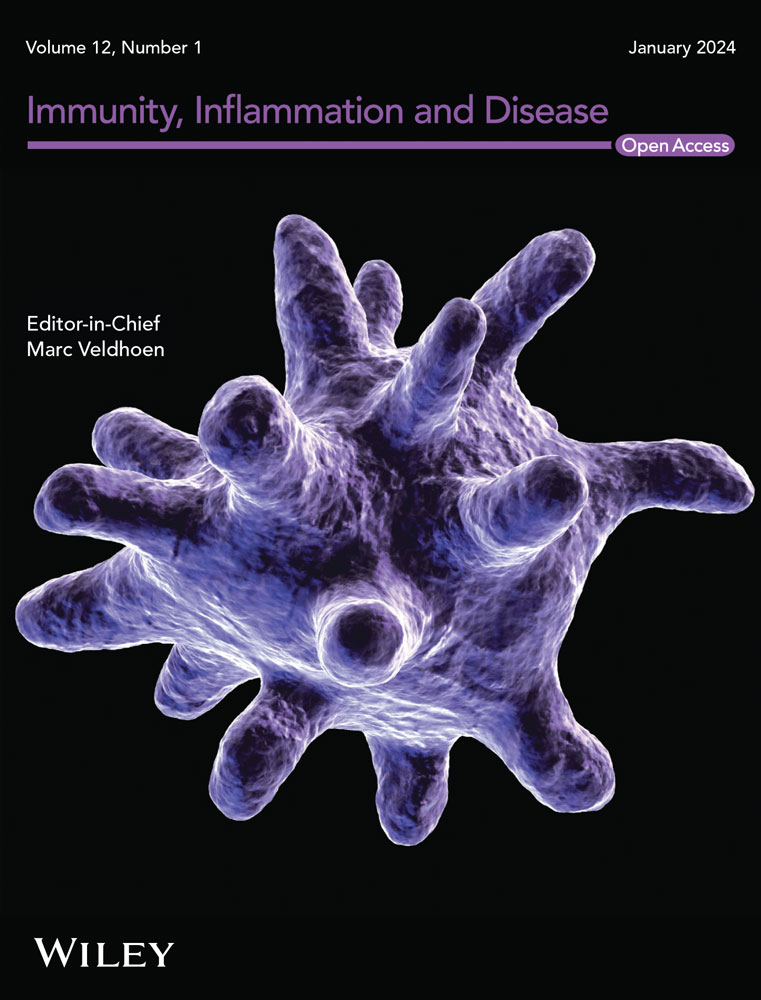The Relationship Between Novel Inflammatory Markers and Serum 25-Hydroxyvitamin D Among US Adults
Abstract
Background
Vitamin D is the focus of extensive medical research globally. Recent studies have investigated the correlation between serum 25-hydroxyvitamin D (25(OH)D) and common inflammatory markers. However, few studies have incorporated novel inflammatory markers such as the platelet-to-lymphocyte ratio (PLR), platelet-to-high density lipoprotein cholesterol ratio (PHR), systemic inflammatory index (SII), neutrophil-to-lymphocyte ratio (NLR), systemic inflammatory response (SIRI), and neutrophil-to-high-density lipoprotein cholesterol ratio (NHR). This study investigated these correlations among adults in the USA.
Methods
We ultimately included a total of 5308 participants from the National Health and Nutrition Examination Survey (NHANES) database spanning 2007 to 2018. A multivariable linear regression model assessed the links between serum 25(OH)D and these novel inflammatory markers, with subgroup analyses for hypertension and diabetes. To further explore the relationship between the two, we applied smooth curve fittings and generalized additive models. Upon detecting nonlinear relationships, we used a recursive algorithm to pinpoint the inflection point.
Results
In our multivariate linear regression model, serum 25(OH)D concentrations were negatively correlated with NHR (β = −0.003, 95% CI: −0.005 to −0.001), NLR (β = −0.002, 95% CI: −0.003 to 0.000), SII (β = −0.579, 95% CI: −0.954 to −0.205), PHR (β = −0.171, 95% CI: −0.249 to −0.093), and PLR (β = −0.096, 95% CI: −0.051 to −0.040) among adults in the USA. Nevertheless, no significant association was found with SIRI (β = −0.001, 95% CI: −0.002 to 0.000). Subgroup analysis by hypertension and diabetes showed that in the hypertensive group, serum 25(OH)D was significantly and negatively associated with NHR, NLR, SII, SIRI, PHR, and PLR. However, no correlation was found in the diabetic group between serum 25(OH)D levels and these inflammatory markers.
Conclusions
Our research confirms that serum 25(OH)D levels are negatively correlated with several novel inflammatory markers among adults in the USA, suggesting potential directions for further research into vitamin D's role in inflammation.


 求助内容:
求助内容: 应助结果提醒方式:
应助结果提醒方式:


